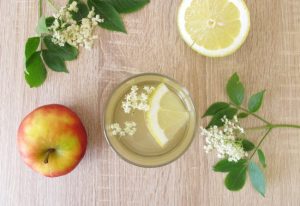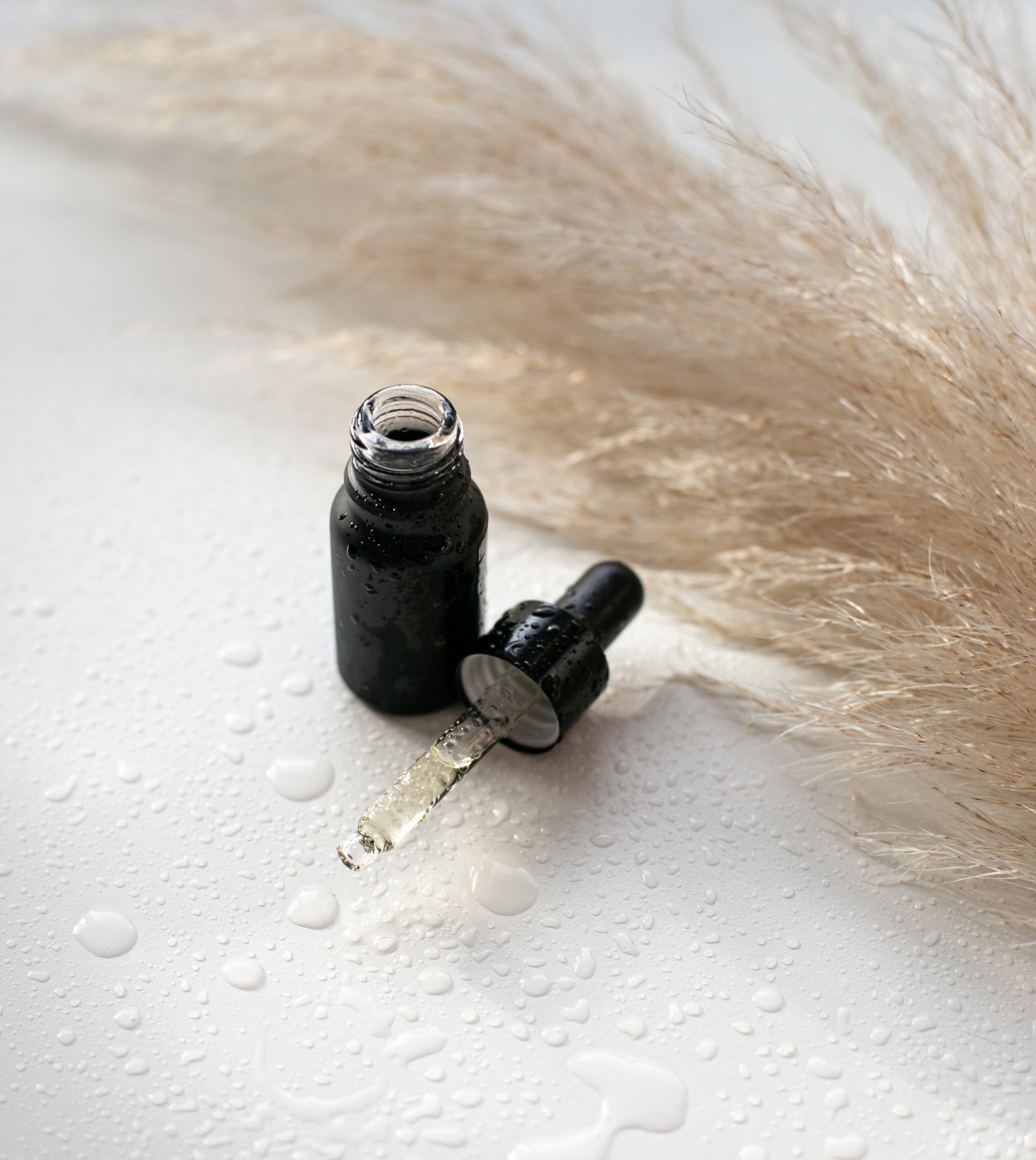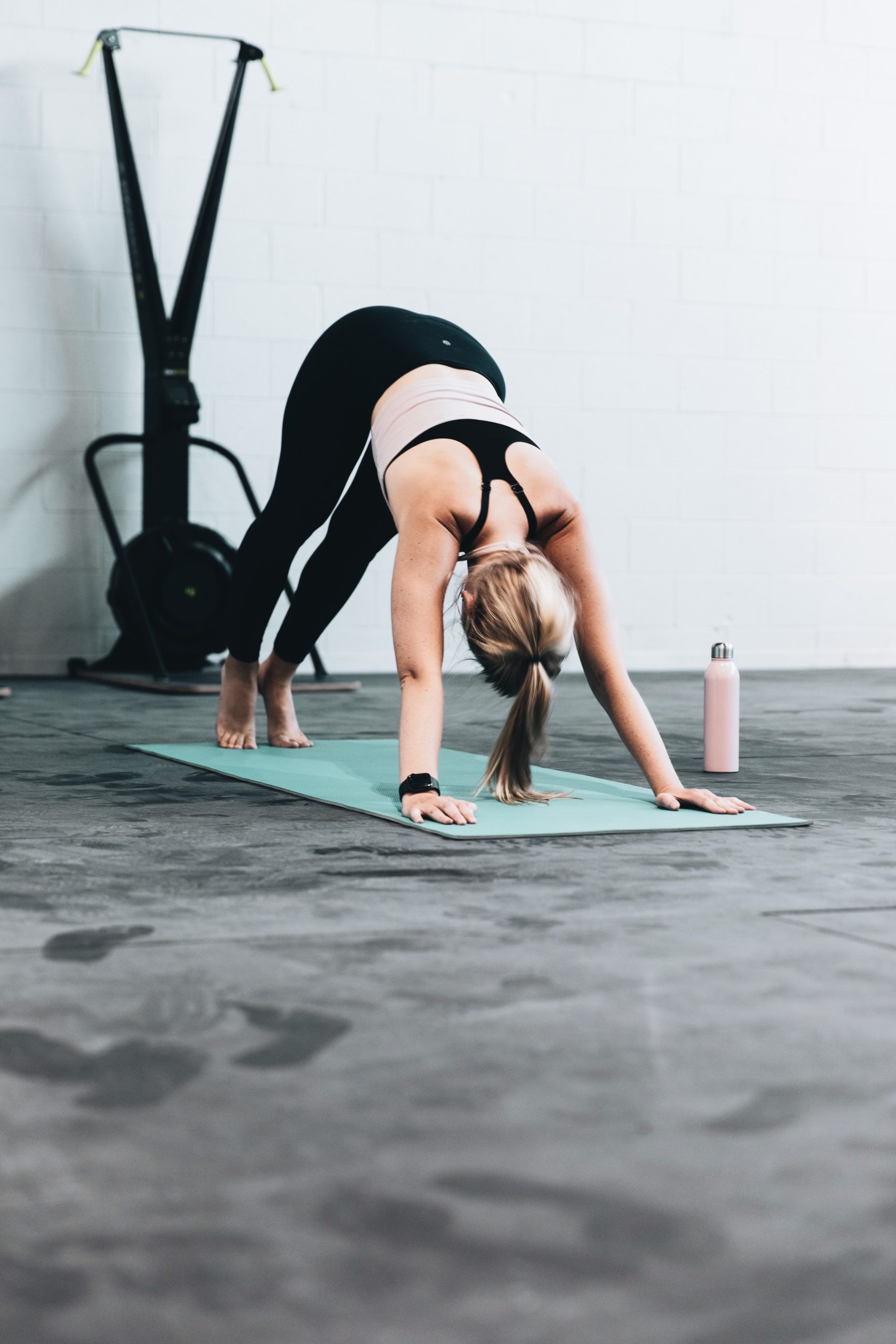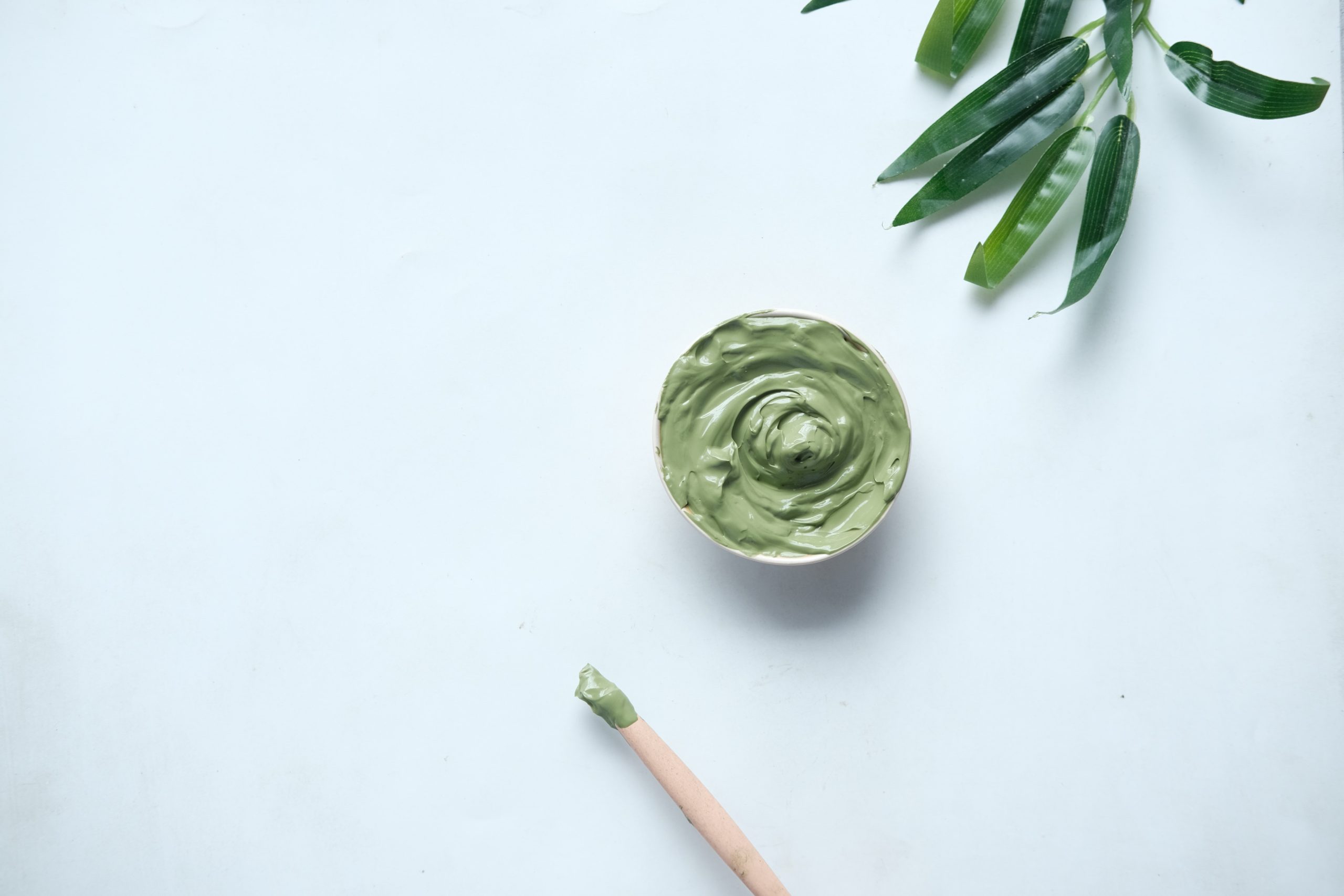Introduction
In the quest for radiant, healthy skin, many of us have turned to do-it-yourself (DIY) skincare solutions, often lured by the promise of natural, wholesome ingredients. But what if I told you that some of these DIY ingredients might be the very culprits behind your skin troubles? In this comprehensive exploration, we’ll embark on a journey to unmask these skincare troublemakers and understand why they might be doing more harm than good. As a board-certified dermatologist with a passion for holistic approaches, I’ll share insights into the potential risks of DIY ingredients and guide you toward safer skincare choices.
The Appeal of DIY Skincare
Before delving into the dark side of DIY ingredients, let’s explore why they have gained such popularity among skincare enthusiasts.
Embracing Natural Solutions
Natural ingredients have always held an allure for skincare enthusiasts. Their chemical-free appeal and promises of glowing skin have made them a staple in many beauty routines. The idea of harnessing the power of Mother Nature to nurture our skin resonates with those seeking a more holistic approach to self-care.
Cost-Effective Options
In a world where skincare products often come with a hefty price tag, DIY skincare offers a cost-effective alternative. Using items readily available at home, such as honey, yogurt, or oats, can seem like a frugal way to achieve radiant skin without breaking the bank. This appeal to both budget-conscious individuals and eco-conscious consumers has contributed to the DIY skincare trend’s popularity.

The Hidden Risks
Now, let’s turn our attention to the risks associated with DIY skincare ingredients. While there are certainly benefits to using natural remedies, it’s crucial to be aware of potential pitfalls.
Allergic Reactions
One of the significant risks of DIY skincare is the potential for allergic reactions. While natural ingredients are generally considered safe, they are not immune to causing adverse skin reactions. Common DIY ingredients like lemon, honey, or cinnamon may trigger allergies or sensitivities in some individuals, leading to skin irritation, redness, itching, and discomfort.
It’s essential to remember that everyone’s skin is unique, and what works for one person may not work for another. Before incorporating any new DIY ingredient into your skincare routine, it’s advisable to perform a patch test. Apply a small amount of the ingredient to a discreet area of your skin, such as the inside of your wrist, and wait for 24 to 48 hours. If you experience any adverse reactions during this time, it’s best to avoid using that ingredient on your face or body.
pH Imbalance
Another concern with DIY skincare is the lack of precise pH control. The skin has a natural pH balance, typically slightly acidic, which is crucial for maintaining a healthy skin barrier. DIY recipes often lack the precision needed to ensure the pH of a skincare product aligns with your skin’s natural pH.
Using DIY concoctions with imbalanced pH levels can disrupt your skin’s acid mantle, leaving it vulnerable to environmental aggressors, bacteria, and moisture loss. Over time, this disruption can lead to issues like dryness, sensitivity, and a weakened skin barrier.
Microbial Contamination
Homemade skincare products can become breeding grounds for harmful microbes. DIY ingredients may lack the preservatives necessary to prevent bacterial or fungal growth. As a result, these products can become contaminated over time, increasing the risk of skin infections when applied.
This risk is especially pronounced when DIY skincare includes water-based ingredients or fresh produce, which provide an ideal environment for microorganisms to thrive. Without proper preservation methods, your DIY creations could inadvertently harm rather than help your skin.
Expert Guidance for Safe Skincare
As someone deeply committed to holistic skincare, I believe in the power of natural ingredients when used wisely. Here’s how you can enjoy the benefits of DIY skincare while minimizing the risks.
Patch Testing
Always conduct a patch test when trying a new DIY ingredient. This simple step can help you identify potential allergies or sensitivities before applying the ingredient to your face or body. To perform a patch test, follow these steps:
- Choose a small, discreet area of skin, such as the inside of your wrist or behind your ear.
- Apply a small amount of the DIY ingredient or product.
- Wait for 24 to 48 hours, observing for any adverse reactions like redness, itching, or irritation.
If you experience any negative reactions during the patch test, it’s best to avoid using that ingredient in your skincare routine.
Consult a Dermatologist
When in doubt, consult a dermatologist. Dermatologists are medical professionals with expertise in skincare. We can provide personalized guidance and recommend safe DIY alternatives tailored to your skin type and concerns. Whether you’re dealing with acne, dryness, sensitivity, or other skin issues, a dermatologist can help you make informed choices.
Comparative Table: DIY Ingredients vs. Expert Advice
Let’s visually compare the advantages and disadvantages of DIY ingredients versus seeking expert guidance.
| Aspect | DIY Ingredients | Expert Advice |
|---|---|---|
| Allergic Reactions | Potential allergens | Professional assessment |
| pH Control | Uncontrolled pH | Precise pH evaluation |
| Microbial Contamination | Risk of contamination | Safe, sterile environment |
Conclusion
In the world of skincare, the allure of DIY ingredients is undeniable, but it’s essential to recognize their potential risks. Natural doesn’t always equal safe, and allergic reactions, pH imbalances, and contamination are just a few of the concerns to consider. As a board-certified dermatologist, I encourage you to enjoy the benefits of DIY skincare, but always do so with caution.
A patch test and consultation with a dermatologist can help you navigate the complex world of skincare safely. Your skin’s health is worth the extra care and attention. Remember that your dermatologist is your ally in achieving beautiful, healthy skin, and we’re here to guide you on your skincare journey.










